Cuttings of pelargonium: when to carry out the event and how to prepare the plant
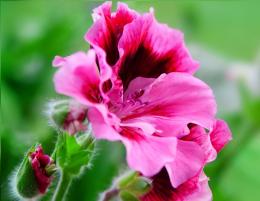
Pelargonium or the well-known geranium in everyday life can be propagated at home in two ways - by seeds and cuttings. With the latter method, the plant does not change its decorative characteristics, unlike the seed method reproduction. How is cuttings of pelargonium carried out?
Content:
- Dates of the event
- Preparing the plant and soil
- Growing pelargonium from cuttings
- Plant care
- Possible problems when keeping pelargonium
Dates of the event
Various types of pelargonium can be propagated by cuttings. This event can be held in spring or fall. The optimal time in spring is March–April, and in autumn – August–September. It is important to carry out the procedure before the plant begins to actively grow and flower, as well as before the dormant period begins.
It should be noted that roots will appear faster when cuttings are taken in the spring, but if this activity is carried out in the fall or winter, you will have to wait longer.
Planted pelargoniums will stretch upward in winter, and will have to be pruned in the spring. If you are late, the cuttings may not take root. From which tree the plants are cut cuttings, their further rooting depends.
You should know that if adult pelargonium has not been fertilized, then cuttings from it will not take root well.For easy and active formation of roots on cuttings, the mother plant should be fed with potassium-phosphorus fertilizers.
Preparing the plant and soil
Cuttings should be harvested in the spring during the first pruning, as well as during the formation of the bush and shortening of the shoots. From long shoots, cut short ones, about 5-10 cm long.
The branches need to be cut at the root, leaving only 1-2 cm of the stem. In summer, dormant buds will bloom on a small piece. There must be at least 2 pairs of leaves on the shoot, then the chances of survival increase. The buds need to be trimmed.
There should be 2 cuts on the cutting: the lower one under the bud, and the upper one above the bud. One of the cuts should be oblique, and the other straight, so as not to confuse where the top and bottom are. In this case, they should be treated with charcoal. If it is not available, then you can use root powder. Leave the cut cuttings for 2-3 hours away from direct sunlight.
Cuttings should be harvested only with sharp and clean tools. A mandatory condition: wipe the knife with alcohol before each cut. This will reduce the likelihood of infection of a healthy plant. In order for pelargonium cuttings to take root well, you should prepare a special soil.
Growing pelargonium from cuttings
Pour water into an opaque container and place the cutting in it. The water should be at a level of 3-5 cm. It should be changed every 2-3 days. The cuttings should be placed in a lighted place. Typically, the appearance of roots is observed after 5-15 days.
Ready-made rooted cuttings can be planted in special peat tablets or prepared soil. The first method is very convenient and practical, where it is not necessary to plant plants in the ground.
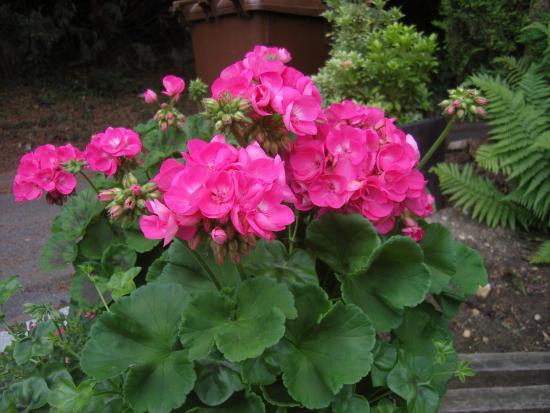
Fill the peat tablets with water. After they absorb the liquid, make a small depression in the center. Insert the cutting with the existing roots there. Place the tablets on a windowsill where sufficient light will reach the plants.
Pelargonium roots in peat tablets do not become waterlogged and do not rot. In addition, the root system is strengthened and actively growing. To root cuttings, you can prepare the soil, add sand and vermiculite. If the leaves have turned yellow or slightly wilted, then they need to be hidden under a jar. After the plant’s condition improves, the shelter is removed.
If cuttings carried out in winter, the bush should be healthy and fluffy. The mother plant should be well fertilized 2-3 days before pruning. The soil for planting cuttings must be well watered with a solution of potassium permanganate. Thus, it will be neutralized from pathogenic microorganisms.
Pots with cuttings must be placed under special lamps. For the cuttings to take root, the air temperature in the room should be 23-24 degrees. In winter, rooting of cuttings occurs within 30 days.
Plant care
In order for the planted cuttings to take root well, additional lighting should be used for about 8-10 hours a day. It is not advisable to spray, as the leaves suffer from moisture. It should be remembered that there is moisture on the leaves and direct sunlight hitting them.
Video about cuttings of pelargonium:
With the appearance of roots, which can be seen through a transparent glass, fertilizers begin to be applied. Foliar feeding is carried out once a week. You can use special fertilizers for indoor and garden plants.During the growing season, fertilizing is carried out from the end of April to the beginning of September every 14 days.
For transplants For young pelargoniums, you can use the following substrate: manure humus, leaf compost, peat in equal quantities and half of river sand. As the plants grow, they are transplanted into larger containers. The pot should not be very large.
Geraniums should be watered abundantly, but do not over-moisten the soil. In winter, water once every 2-3 days, and in summer once a day. When watering, make sure that the soil is not wet.
Young pelargoniums should be pinched. The growing point is removed above the 4-5 leaf. With this method, the plant blooms profusely and becomes fluffy. Periodically, you should loosen the top layer of soil in the soil and remove damaged and yellowed leaves.
Possible problems when keeping pelargonium
If not properly cared for, the appearance of an established plant will change. A lack of moisture will be indicated by yellow edges of the leaves, and if there is an excess, the plant will wither. Redness may appear on the edges of the leaves. This indicates that the pelargonium is cold.
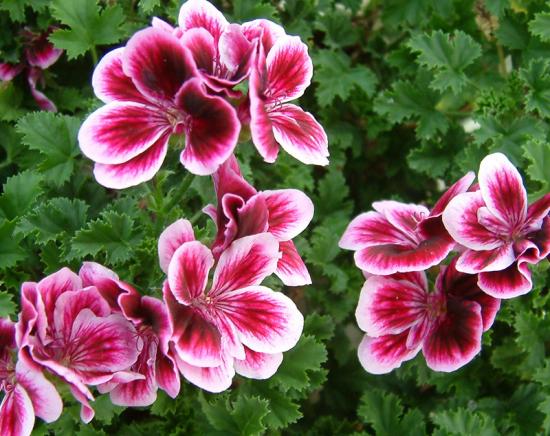
If darkening of the stem is observed, this is a clear sign of blackleg damage. Occurs when there is excess moisture. Another common problem is gray mold on the leaves. Get rid of fungal diseases possible using a fungicidal agent.
Yellow spots on the leaves are a sign of rust damage. If you follow the rules of caring for pelargonium cuttings, you can achieve abundant and beautiful flowering.

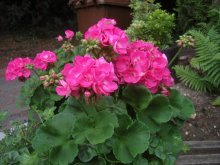

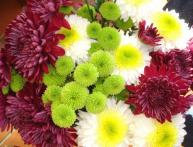

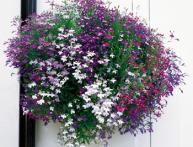
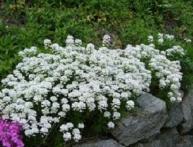

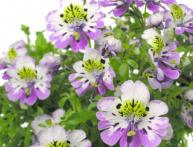
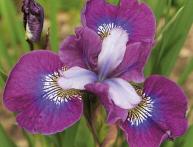
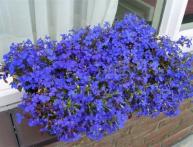
Comments
For some reason, when propagating pelargonium by cuttings, one peculiarity arises for me.In water, cuttings do not produce roots even if you wait a month, but if I immediately plant them in the ground and cover them with a glass jar, success is guaranteed.